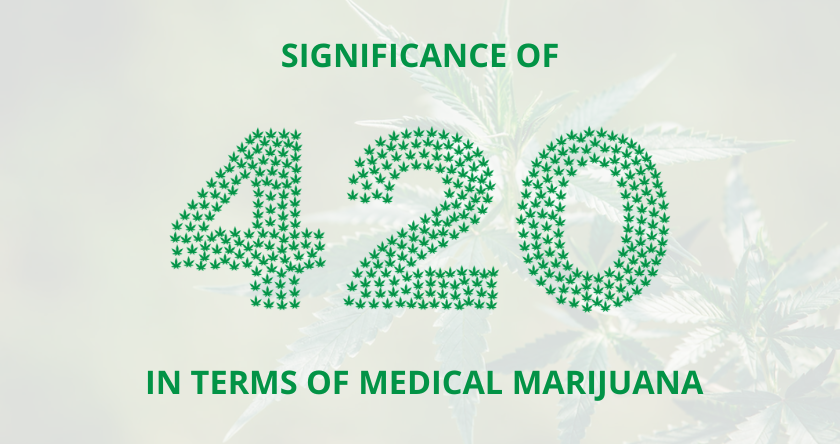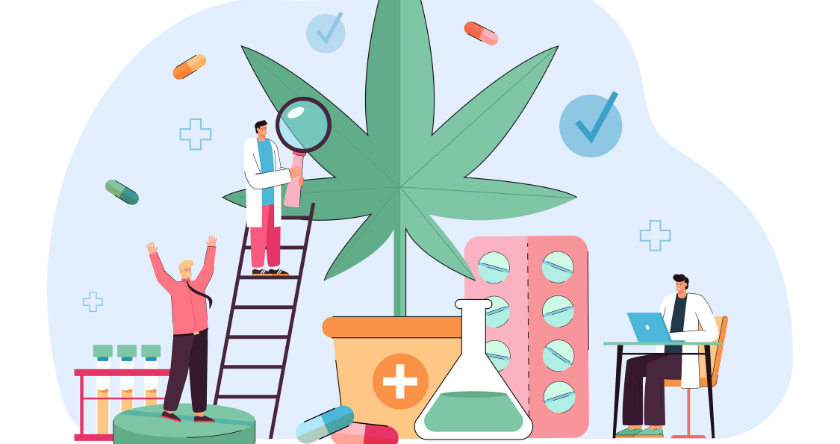April 20 is a day all marijuana enthusiasts look forward to. Massive rallies take place statewide, particularly in those US states who have medical and/or recreational marijuana legalization in place.
The extravaganza surrounding this day is growing each year, with more & more US states legalizing the use of medical marijuana.
Through this blog, we dive deep into the importance of the date 420 with regard to medical marijuana.

What is 4/20? And why is it on April 20?
To put it simply, 4/20 is World Cannabis Day and is basically a holiday celebrating cannabis. Several theories have been floated around over the years describing how this date came up, but there is no conclusive proof.
The most popular theory is that this date originated from a ritual begun by a bunch of school-going students from California in the 1970s.
The teenagers used to smoke each day at around 4:20 pm, kickstarting a ritual that spread like wildfire and was eventually adapted as 4/20 for calendar purposes.
Marijuana legalization is changing 4/20
The series of marijuana legalization across US states over the last decade has propelled 4/20 into a key day for marijuana aficionados to either celebrate the legalization in their state or take out rallies demanding legalization in states where the bill is yet to be passed.
This is in significant contrast to the 1970s when this date signified a small-scale movement that included cannabis as a symbolic representation to protest against the policies of the state/nation.
4/20 is becoming a commercial event
From being a symbol of protest against the government’s policies to being a commercialized event, the date 4/20 has come a long way over the past half a century.
Today, 4/20 is a huge opportunity for companies from the cannabis industry to leverage by marketing their products & services and potentially earning much higher profits than normal.
In addition, big events like the cannabis cup that are conducted on this day are further turning 4/20 into a commercial affair.
4/20’s shift shows how marijuana legalization will change cannabis
All in all, the rise in marijuana legalization nationwide has transformed the 4/20 landscape into a celebratory commercial event.
The countless rallies demanding marijuana legalization conducted over the years on this day are finally bearing fruit, with lawmakers recognizing the importance of medical marijuana in treating various chronic health conditions.
However, it’s vital to stay wary of recreational marijuana legalization and promotion by big corporates who are hungry for profits, considering the adverse effects it can have on the nation’s youth.
To sum it up, 4/20 needs to be a celebration of medical marijuana legalization and responsible marijuana consumption above everything else!
If you are interested in buying medical marijuana, apply for a medical marijuana card and buy 100% legal medical cannabis from our dispensaries in Missouri. Call us at +1 (816) 775-2920 today.









